2016.05.25 13:50
"Technology is a cruel tool" -Peter Eisenman
He sure is getting better and better at really saying not much at all. Listen closely to what he says and it adds up to nothing substantial. It's like a balloon begging for a prick.
2016.05.25 16:32
"Technology is a cruel tool" -Peter Eisenman
Is there a way to take an algorithm and produce 50 alternatives not by HAND?
Taking an algorithm and producing 50 alternatives by WORD OF MOUTH, now that's futuristic!
Think I'm gonna take Eisenman's little talk there and feed it to my Voc-o-Cad program and see what architecture it produces. I can't resist.
2016.05.25 17:26
"Technology is a cruel tool" -Peter Eisenman
wait! what???
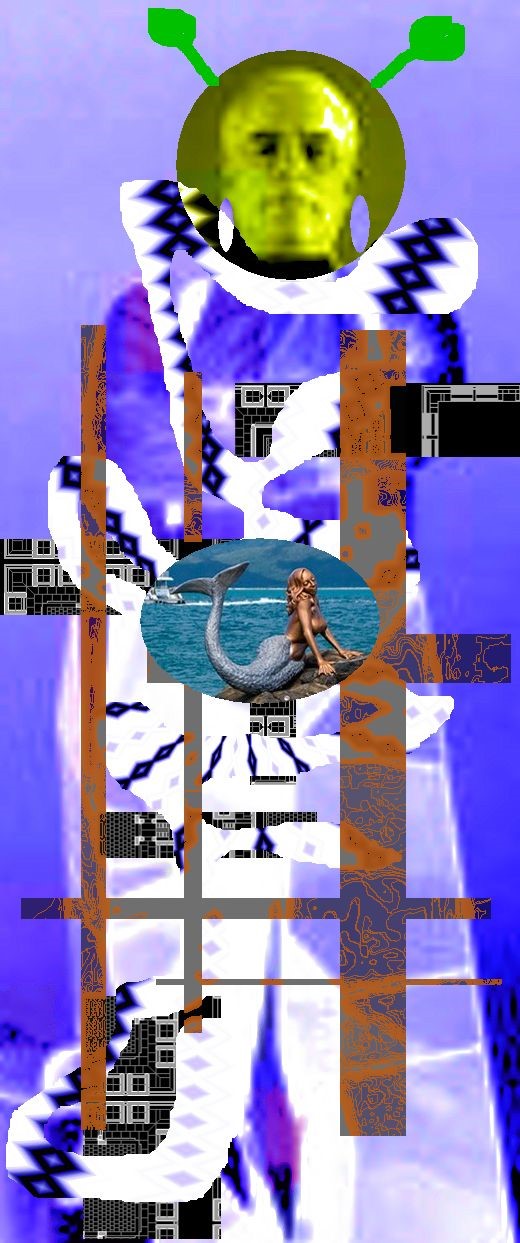
| |
The problem lies in the fact that the computer is so effective at rapidly generating alternatives, and quickly creating convincing and interesting form that it allows the architect to defer or completely ignore the moral dimension of the work. It's the equivalent of junk food - initially titillating and satisfying, but ultimately empty of meaning. I think this was Eisenman's point.
--EKE
2016.05.26 15:24
"Technology is a cruel tool" -Peter Eisenman
Then, EKE, you should agree with the following statement as well:
The problem lies in the fact that Durand's Precis is so effective at rapidly generating alternatives, and quickly creating convincing and interesting form that it allows the architect to defer or completely ignore the moral dimension of the work. It's the equivalent of junk food - initially titillating and satisfying, but ultimately empty of meaning.
2016.05.26 17:45
"Technology is a cruel tool" -Peter Eisenman
Durand's Precis is not a pattern book.
Durand's Precis is very much an architectural parameters book. (Didn't you know that?)
2016.05.26 17:59
Technology is a cruel tool" -Peter Eisenman
"Durand was perhaps the first to introduce a diagrammatic process within architecture. He proposed a "mechanics of composition made easy and efficient by using gridded paper upon which a series of basic elements like walls and columns could be combined--following the rules of alignment, regularity and symmetry--to form standard building parts like porches, vestibules, and rooms which in turn could be combined into various whole buildings, again following the rules of alignment, regularity and symmetry." Both elements and parts were familiar. To further reign in the results of the compositional process from the very start Durand proposed in fact a procedure of decomposition or successive division starting from global geometric forms like squares or rectangles. Even with these top down restrictions the introduction of diagrammatic composition implied an unheard of variety of results: "there is no telling how many different compositions this host of combinations can produce."
From the results of this diagrammatic process the rest of the design (including all the familiar classical detail) followed automatically: "We have given a formula, in our discussion of the parts of the building, that will make it unnecessary even to look at the sections that we give of each ensemble. The elevations … must be nothing but the natural and necessary consequences of the plan and the section …"
--Patrik Schumacher, "Parametric Diagrammes"
2016.05.27 15:07
"Technology is a cruel tool" -Peter Eisenman
"The student can take an algorithm, produce 50 alternatives to the same problem … It takes away from you the possibility of value judgment."
What exactly is the evidence that the "possibility of value judgment" has been taken away? And how exactly is such evidence manifest?
For Eisenman's damning statement to be true, you'd think there would at least be a load of evidence to back it up.
2016.05.28 10:38
"Technology is a cruel tool" -Peter Eisenman
Eisenman uses 'resistance' as an example of something that cannot be attained through a design algorithm, thus inferring that a design of 'resistance' can only be attained via designing without the aid of a computer(?). He's just making something sound important when, in fact, it's nothing important at all.
It's fine if Eisenman chooses to design with the intention of manifesting resistance, but his design choices have no bearing at all on how one designs while using algorithms. Again, all he's really doing is trying to make the way he designs more important than the way students (supposedly) design via algorithms today.
Essentially, everything that Eisenman here riles against is just a straw man set up to make his way of doing things appear more important.
2016.05.28 20:38
"Technology is a cruel tool" -Peter Eisenman
It's beginning to seem more sensible that taking an algorithm, and producing 50 alternatives to the same problem is exactly what engenders the possibility of value judgment. It makes sense because you start to discern differences, opportunities, advantages vs. disadvantages, even what looks better. Yes, a nimiety of value judgment possibilities.
| |
2016.05.29 18:16
“Technology is a cruel tool" -Peter Eisenman
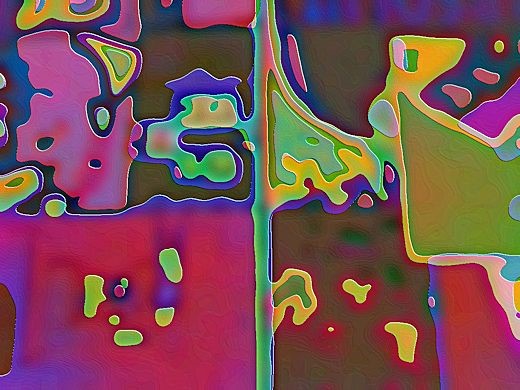
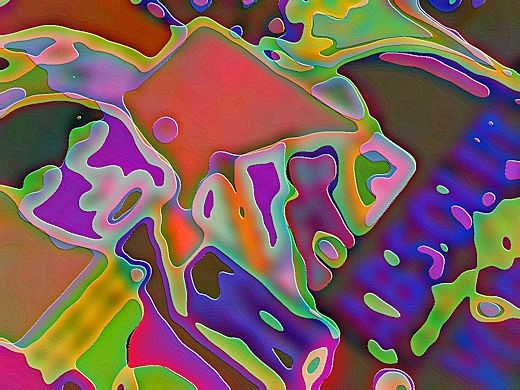
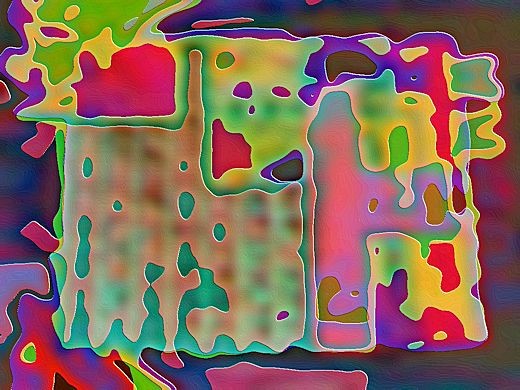
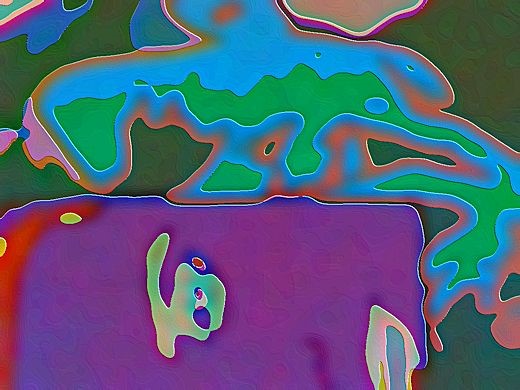
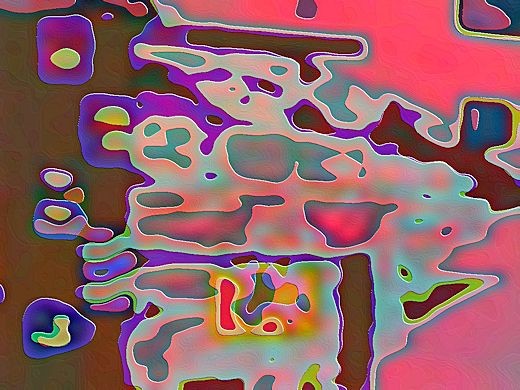
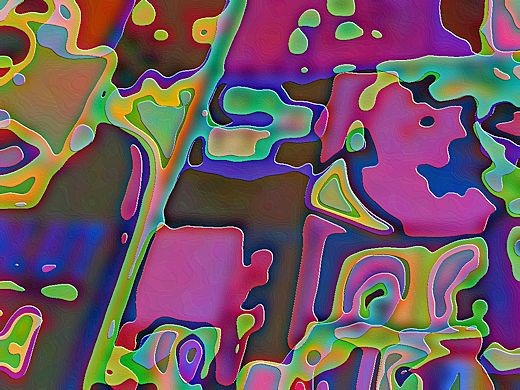
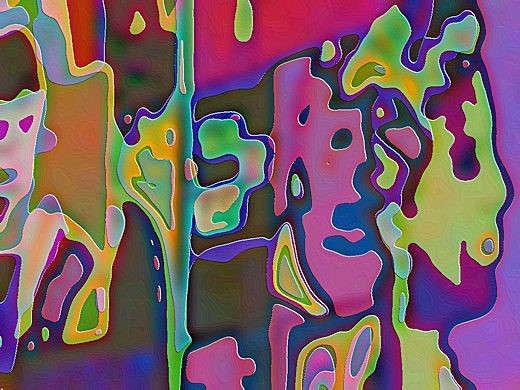
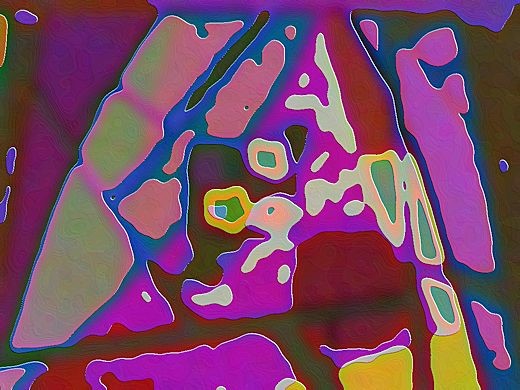 Yeah, but what happens when your judgment says you like all of them?
Yeah, but what happens when your judgment says you like all of them?
|








 Yeah, but what happens when your judgment says you like all of them?
Yeah, but what happens when your judgment says you like all of them?